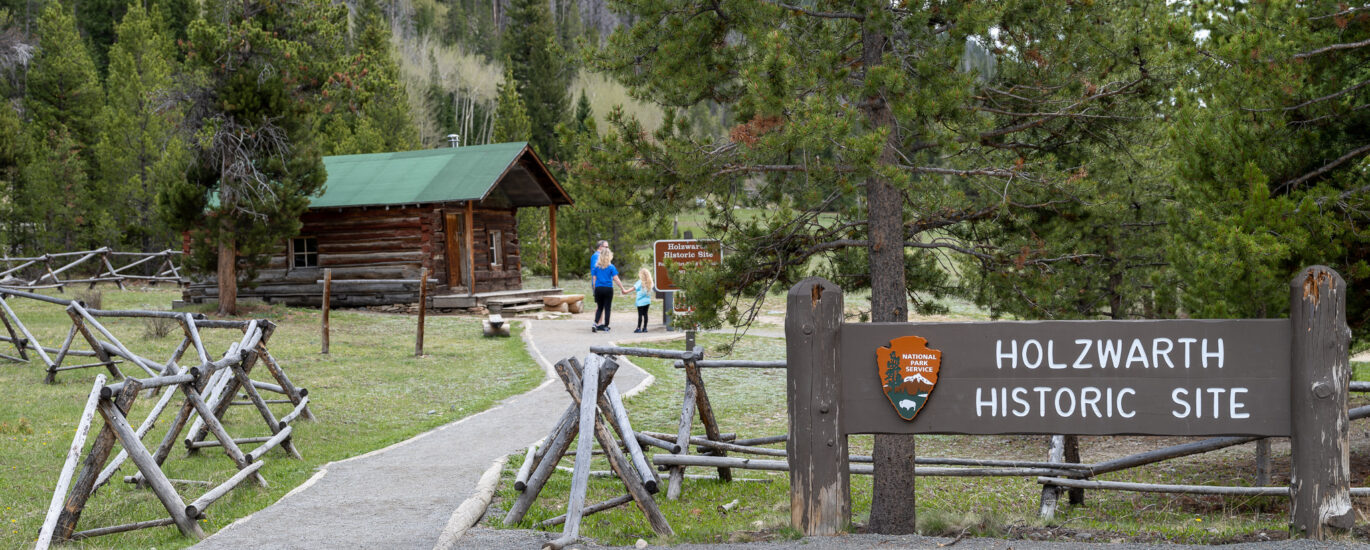Welcome to the Holzwarth Historic Site, a living testament to the pioneering spirit of the early 20th century. Nestled within the breathtaking confines of Rocky Mountain National Park, this historic site offers a window into a past era of rugged determination and American ingenuity.
In 1917, amid the sweeping landscapes of the Kawuneeche Valley, John and Sophia Holzwarth, German immigrants, seized the opportunity presented by the Homestead Act of 1862 to claim 160 acres of land. With the opening of Rocky Mountain National Park just two years prior, the Holzwarths embarked on a journey to create a new life high in the Rockies. They envisioned a place where visitors could escape the burgeoning industrial world and reconnect with nature.
The Holzwarths’ initial endeavor was a trout lodge, drawing anglers and nature enthusiasts to the pristine waters nearby. As the popularity of the area grew, so did the Holzwarths’ ambitions. By the 1920s, they transformed their homestead into a dude ranch, aptly named the Never Summer Ranch. This rustic retreat became a haven for tourists seeking the unspoiled beauty of the Rockies, offering them a taste of ranch life and the great outdoors.
John Holzwarth Sr., originally a saloonkeeper in Denver, found himself reinventing his livelihood following the advent of Prohibition. His venture into ranching exemplifies the resilience and adaptability that defined many pioneers of the era. In a time when travel was arduous and winters were harsh, the Holzwarths’ ranch became a beacon of hospitality and adventure, welcoming guests from all walks of life.
The Holzwarth Historic Site today stands as a tribute to this legacy, with restored cabins and barns that echo the stories of those who once walked these grounds. Visitors can explore the site’s historic structures, imagining the lively gatherings and the daily routines of a bustling dude ranch.
As you wander through this historic gem, picture the Holzwarth family greeting travelers, sharing meals by the fire, and recounting tales of the wild landscapes that surrounded them. Their story is one of perseverance and transformation, mirroring the broader American narrative of exploration and settlement in the West.




